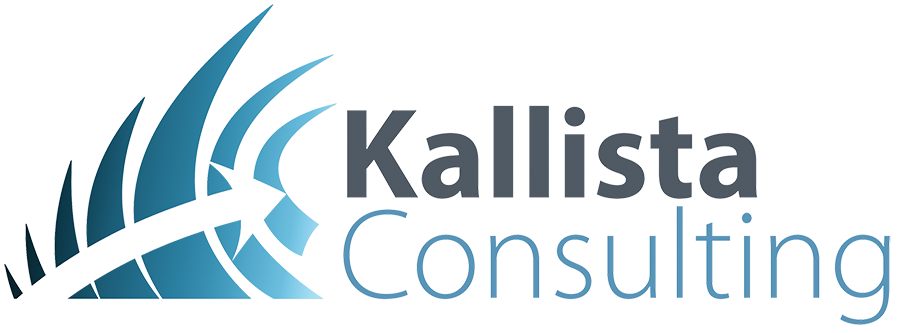The Workcell Square
An Essential Productivity Fundamental
The Workcell Square model is a development of my own that I put together decades ago, even before I started studying lean, as a simple, but very useful way to consider the fundamental requirements of the workcell. I’ve tweaked it a bit over the years (I originally called it a workcell triangle) but have kept it simple to ensure that it remains useful and accessible. Despite its simplicity, this model continues to be one of the most powerful productivity tools in my kit and by using it as a filter to observe a real workcell in a factory, a surprising amount of productivity can be released.
The model states that, for an operator in a workcell to be productive, they require four key elements (the four corners of the square):
a correct and complete set of all tools necessary to conduct the tasks performed at the cell
the necessary parts to be available when they are needed
an operator properly trained and competent in the skills necessary to perform the tasks
all information and reference materials that the operator requires to understand and execute the tasks. This includes accurate and complete drawings, specifications, work instructions and contextual information. It is also important that there are standards that clearly define what is good product and what is defective product, so that the operator can confidently assess their work
The key thing is that when the model is satisfied, an operator should not need to leave the cell for any reason other than planned downtime (i.e., to take breaks, go to meetings etc). It is crucial to realise that when an operator leaves a workcell, that cell has been shut down in the same way a machine might be if you turned it off, and productivity immediately ceases. In the real world I frequently observe operators leaving cells repeatedly throughout the day to retrieve parts, get information, find tools or either get help or provide help to others. The losses are real and significant
If any of the four elements that form this square are missing, partially incomplete or compromised, the workcell productivity will be either reduced or stopped completely.
On the surface, this seems quite simple and obvious, but, in my experience, workcells that satisfy all the four conditions are rare and many productivity problems can be traced to these four elements. Reviewing these elements at the workcell level is always a great starting point for any productivity program
Let’s go into a little bit of detail around the four elements.
Tools
This should be the easiest element to rectify and is usually done as part of a 5S program. Ensuring that the workcell has all of the tools required to conduct the tasks that are done there and removing unnecessary or rarely used tools (which can be archived and retrieved when needed) frees up space and allows the tools to be stored on shadow boards or the like to ensure that they are easily located with minimum motion and transport waste when required.
Parts
Parts can be a little more challenging, and this is where the workcell needs to be considered as part of the larger workflow. Parts can be classified into several types:
Fixings and fasteners often make up a major part of the workcell parts and are often bulk issued to the cell. These require proper 5S treatment to identify where they should be located, how they should be stored and how they should be replenished.
Standard components that are planned to be held in some quantity in the cell. Again, during 5S activities, the cell operators should identify the best places and methods to locate and store these items
Components that are delivered to the cell for a specific build. These are often supplied to the cell as picked ‘kits’ of parts destined to be assembled. These require staging areas where they can be easily identified and used as required
Sub-Assemblies that have been built prior to requirement which are stored in ‘supermarkets’ located within or adjacent to a workcell
Any parts required by the cell must either be located in the cell or delivered to the cell by personnel other than the operators. I will discuss ‘waterspiders’(mizusumashi) and the merits of JIT in other articles, but these are all useful things to understand.
Skills
Skills represents the various capabilities that an individual needs to have to execute the tasks in a workcell. The best method to maintain skills to the required level is to maintain a skills matrix and use this as a tool for individual development planning. A skills matrix is one of the first things that I encourage my clients to introduce.
Information
This is quite often the most problematic of the four components. Information consists of work instructions, drawings, standards, contextual information and potentially myriad other details that are needed by the operator to confidently and competently compete their assembly tasks. A common strategy that I deploy with my clients is to define a ‘Job Pack’ so that the complete set of documents required is defined and provided ‘Production Ready’. By defining the contents and their quality specifications, the various providers of these materials (typically sales and design/pre-production) have clear guidelines as to the acceptable quality of the outputs of their part in the process.
#lean #workcell # productivity
If you found this article interesting and want support implementing productivity improvements in your manufacturing business, feel free to contact Chris on 1800 088 494 or at info@kallistaconsulting.com.au

